|
As I write this, it is snowing, but on the 7th of March when I first saw this stuff, it was toasty warm. Now, I didn't grow up knowing skunk cabbage, but I saw it in my sister's photos for the last few springs while she was living in Boston. She called it a harbinger of spring. On Moores Creek, our first harbinger spring celebrants are the Spring peepers that start around Valentine's Day, in Colorado the Oregon grape usually peeps out from under the snow, a very different and more fragrant skunk cabbage sprung up in cold streams in Idaho, and this year while on a run through Sapsucker Woods, the eastern skunk cabbage caught my eye and pulled me over the boardwalk and into a low squat to watch for pollinators. Bees zoomed in and out with powerful looking bee thighs laden with yellow pollen.
Skunk cabbage (Symplocarpus foetidus) emerges early in spring through snow and the part that you see first (and the part in the photos below) is the flower. The leaves emerge later in the spring. Inside of the mottled magenta spathe is the spadix. It is called skunk cabbage because it produces a foul smell when the plant is disturbed. The smell attracts pollinators (mainly flies, stoneflies and bees). Why does this funk work to lure pollinators in? The insects aren't seeking out foul smelling food, they are seeking out a place for their eggs to be placed, which is usually a potent carcass or a stinky pile of poo. While being tricked into this plant smelling of poo or rotting flesh, they inadvertently pollinate it! Plant production of the insect-luring funk has actually evolved independently in at least five different families. The smell is is from chemicals that contain sulfury dimethyl disulfide. Also, thermogenesis! I did not know this and the discovery knocked my socks right off! These plants can generate heat. Generating your own heat = harbinger of spring. My husband, raised in Massachusetts, knew this fact. There is a bit of theory about why they do this, but the heat likely helps spread the smell to pollinators. Some people hypothesize that the heat generated is meant to melt the snow and ice, but because many of these plants that use thermogenesis are found in the tropics that theory has less support. Because of that peeping out of the snow quality, we do see them before we see other things lurking under snow blankets. After way too many months at the lab without exploring the trails, I finally started with the onset of longer days. On a recent run, I happened upon the Andy Goldsworthy sculpture just as the sun was coming into contact with the horizon. As much as I loved him as a teen, and tried to re-create his style on rocky riverbanks and forest floors, I had no idea how much precision he brings to his work. This cairn is overwhelmingly perfectly puzzle pieced together. Last weekend, we found more skunk cabbage on the Cayuga Trail. Eliot braved a foot soak in Fall Creek and then we stopped at Hopshire for some absolutely wonderful beer (Acer's Wild brewed with New York maple syrup and Cascade hops) and picnic table seating while looking at one of our favorite oaks and talking about the olden days of field biology. For now, we just need to make sure we are getting to the woods as much as possible and crouching low for peeks at pollen-laden powerful thighs.
0 Comments
Leave a Reply. |
Archives
July 2018
Categories
All
|

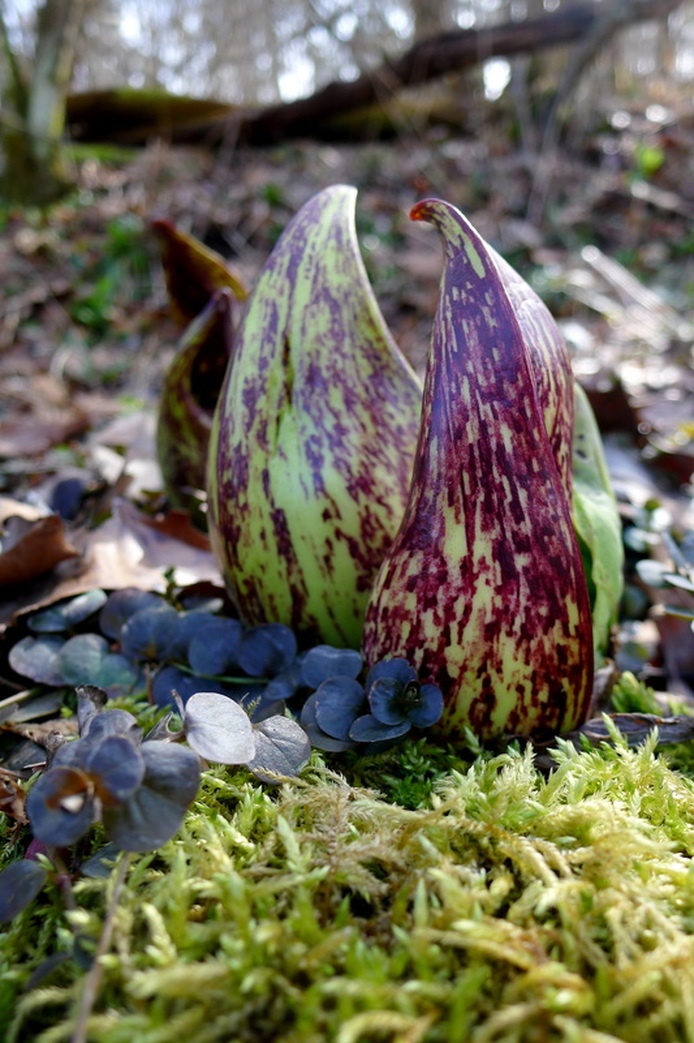

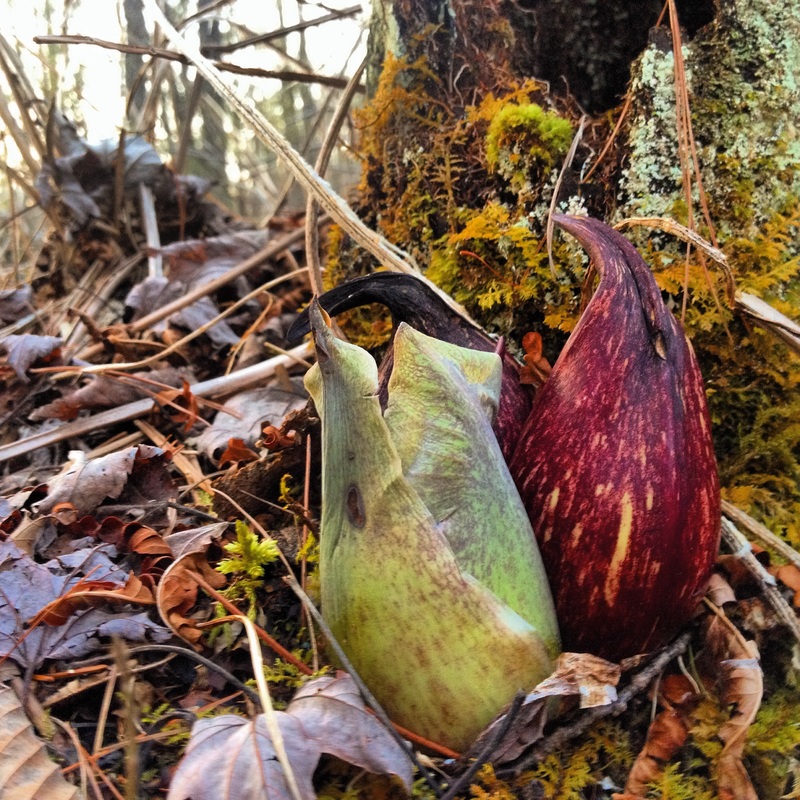



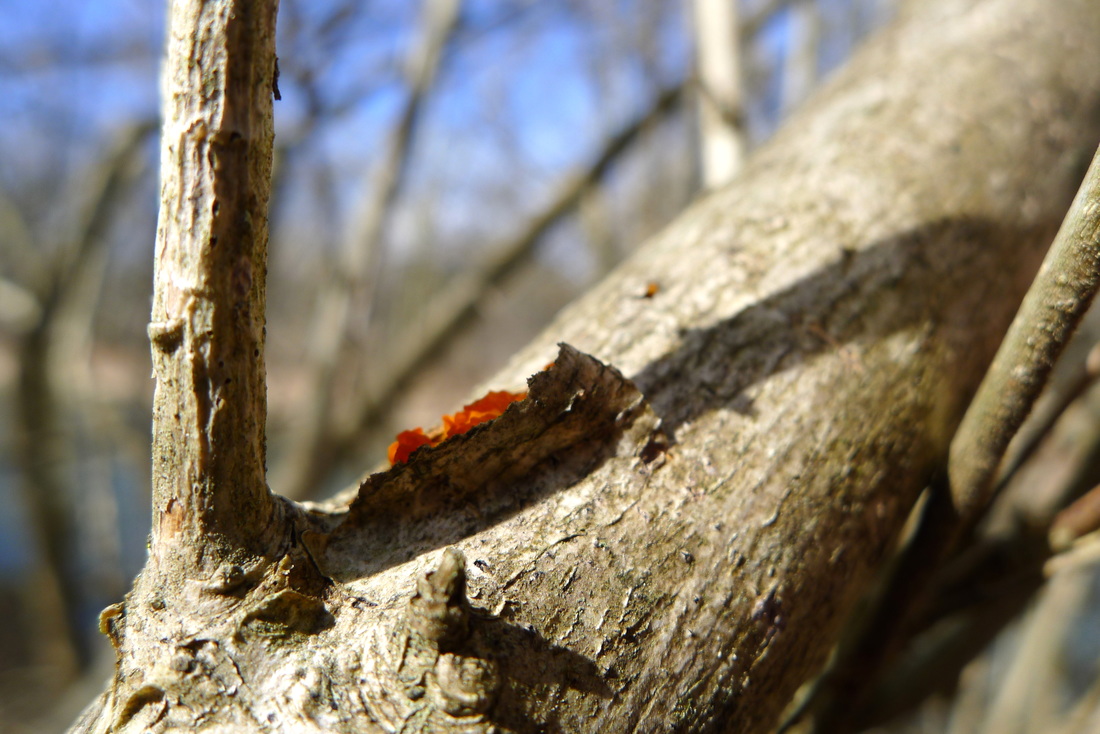
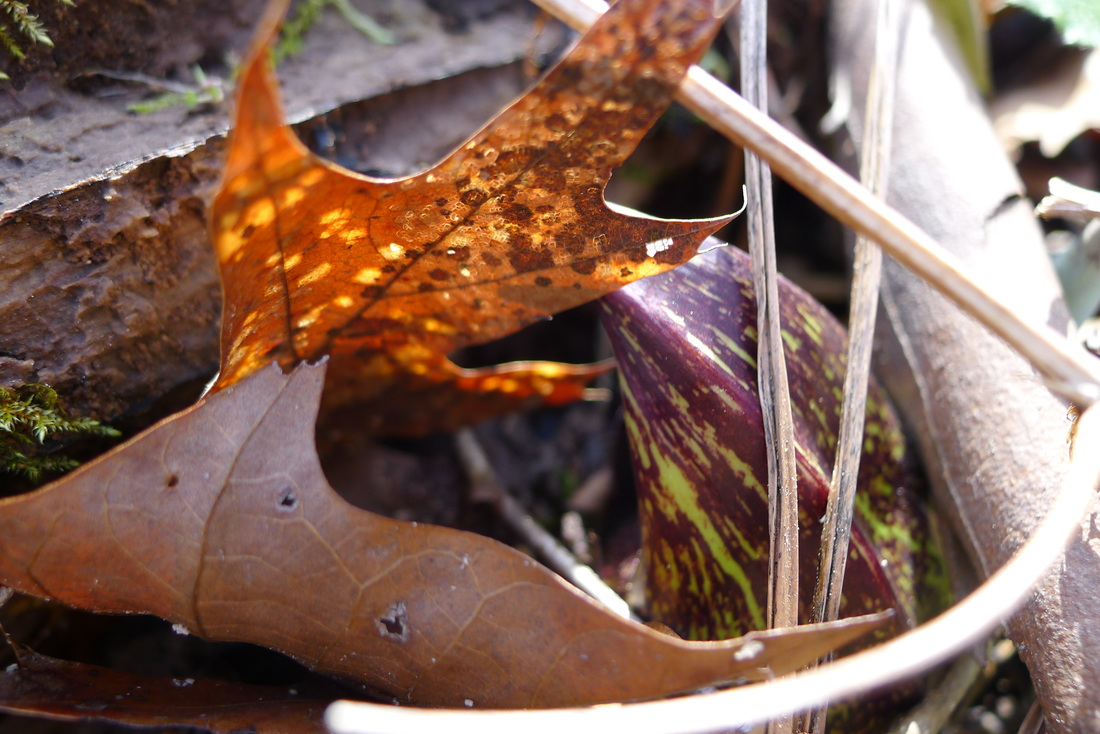



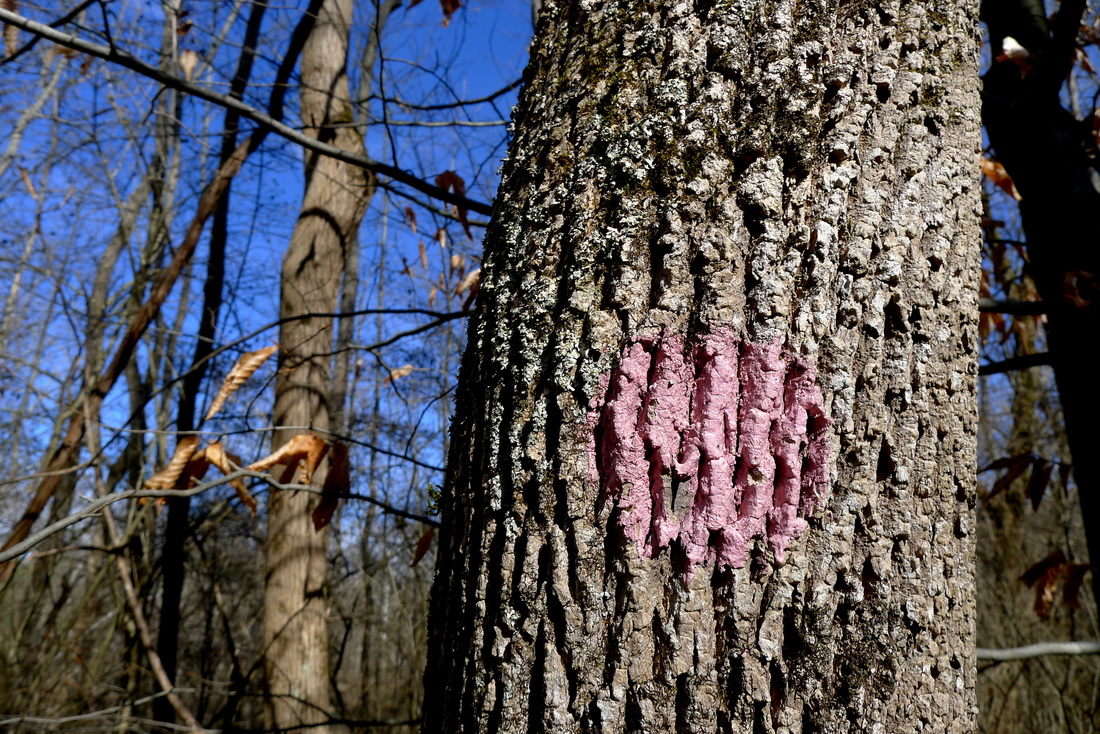



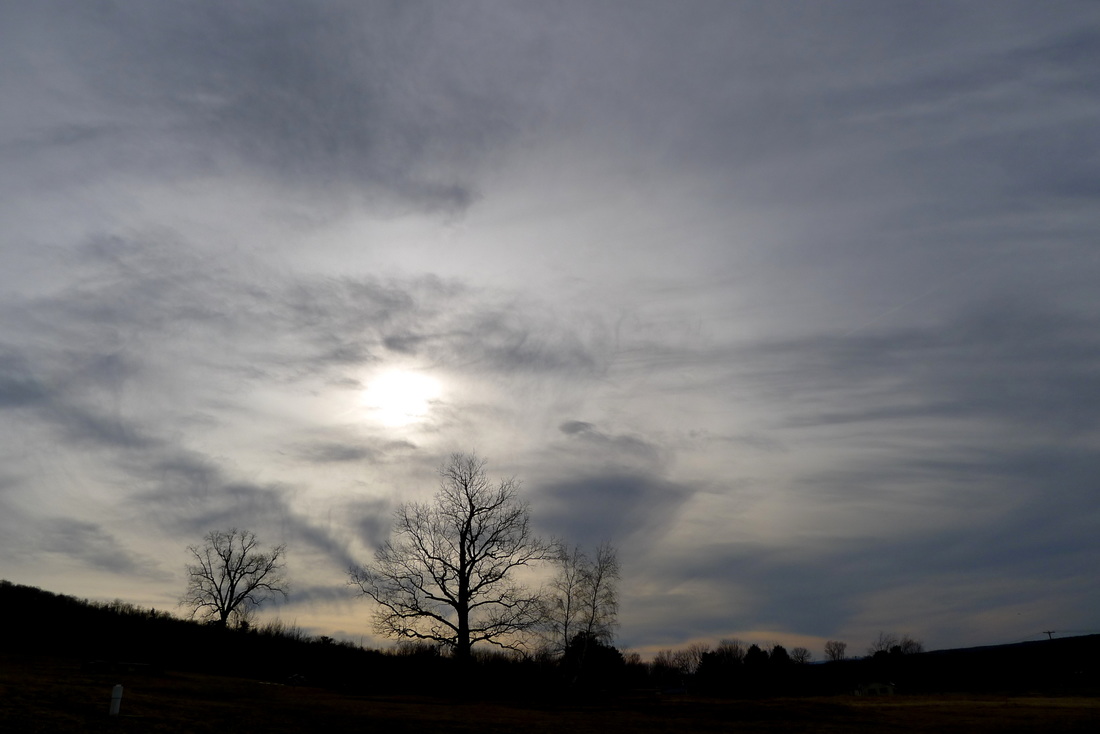


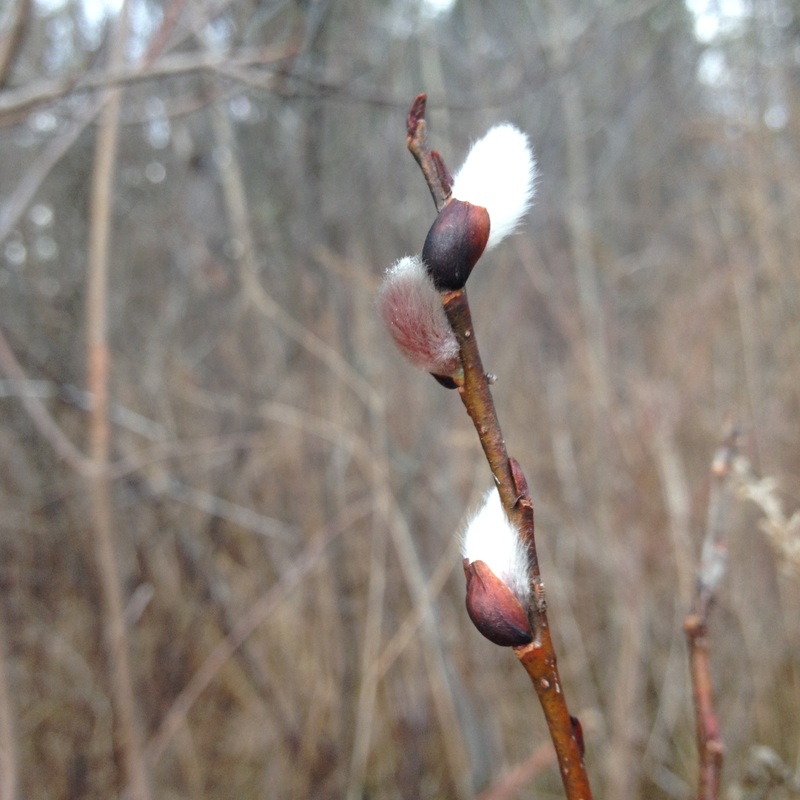

 RSS Feed
RSS Feed
